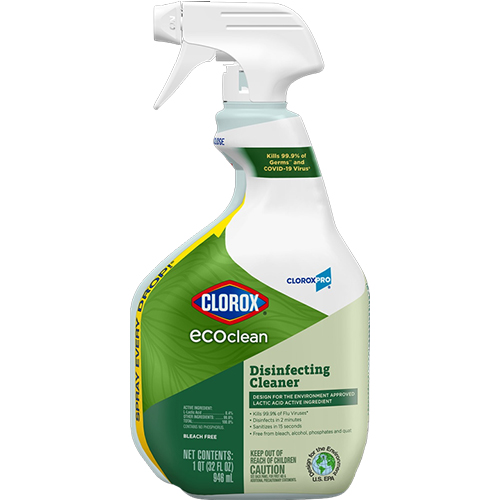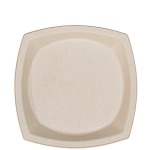
Maximize Restaurant Hygiene and Profitability: Understanding Your 3-Compartment Sink System with SupplyClub’s Comprehensive Guide
The Importance of Understanding Your 3-Compartment Sink: A Comprehensive Guide for Restaurateurs
Keeping a restaurant thriving isn’t only about crafting delicious dishes; it’s equally crucial to uphold impeccable standards of cleanliness and hygiene. With increased customer focus on sanitation and health-conscious dining, understanding the proper use of your 3-compartment sink system is more essential than ever. Today, we’ll dive into each compartment—Wash, Rinse, Sanitize—to help you maximize your kitchen’s efficiency, safety, and profitability.
Industry Insights Brief: Why Kitchen Hygiene Matters Now More Than Ever
The foodservice industry is rapidly evolving, driven by trends emphasizing hygiene, efficiency, and sustainability. Customers increasingly value sanitation, and health-conscious consumer decisions are significantly impacting profitability for restaurateurs. With automation and AI reshaping hospitality operations, efficient dishwashing practices—including strategic use of your 3-compartment sink—directly contribute to cost reduction, operational effectiveness, and the overall success of your restaurant business.
Introduction: Your 3-Compartment Sink—A Cornerstone of Restaurant Hygiene
At its core, a 3-compartment sink provides your kitchen team with an organized and highly efficient process to thoroughly clean and sanitize dishes, utensils, and cookware. Each compartment serves a distinct and critical role:
- Wash: Removes debris and grease with effective detergent.
- Rinse: Clears away detergent residuals.
- Sanitize: Ensures hygienic safety of dining equipment by eradicating harmful microorganisms.
Let’s explore how each compartment contributes uniquely to sanitation best practices, efficiency, and sustainability—aligning perfectly with today’s restaurant industry trends.
Understanding the ‘Wash’ Compartment
This first compartment is designed to remove visible food debris, grease, and grime from dishware. Proper use involves pre-scraping dishes, then washing thoroughly with hot water and commercial-grade dish detergent.
Choosing high-quality dishwashing chemicals from SupplyClub ensures optimal cleanliness and efficiency. It’s equally essential to maintain the correct water temperature—typically around 110°F—to maximize detergent performance. Using energy-efficient washing equipment also supports restaurant sustainability goals, contributing significantly toward industry standards while helping to lower utility bills.
Navigating the ‘Rinse’ Compartment
The second compartment focuses purely on rinsing off cleaning chemicals. Effective rinsing removes invisible detergent residue which, without proper handling, can compromise final food safety and dish cleanliness.
To align with industry recommendations for sustainability and profitability, ensure your rinsing practices minimize water waste. Brief yet thorough rinsing operations conserve resources and cut utility expenses, improving your overall profitability and supporting environmental-friendly practices prized by today’s customers.
Unpacking the ‘Sanitize’ Compartment
Your third compartment plays an essential part in safeguarding the health of both your customers and your business. Proper sanitizing eliminates harmful bacteria and viruses, protecting diners from foodborne illnesses. Given increasing consumer emphasis on hygiene—echoed in trends toward health-conscious and personalized dining—effective sanitization has become vital to maintaining customer trust.
Selecting an appropriate sanitizer, maintaining required water temperature, and carefully following established protocols help ensure compliance. SupplyClub offers effective sanitizers to keep your kitchen operations consistently safe and hygienic.
How critical is proper sanitization? Restaurant health inspections routinely document serious violations related to poor sanitization and hygiene. For example, several food inspections in well-known dining areas highlight the real risks to customers—and restaurants—that fail in sanitation standards:
- 47 Health Code Violations Reported At 7 Fredericksburg Restaurants —Patch
- Moldy food, rancid milk found in Ann Arbor’s February restaurant inspections —MLive.com
- Manassas Restaurant Inspections: Ice Machine Mildew, 17 Violations —Patch
Ensuring your dishwashing process is precise and monitored diligently helps you avoid appearing in similar headlines, protecting your brand’s reputation and bottom-line profitability.
Conclusion: Maximizing the Benefits of Your 3-Compartment Sink
A carefully maintained 3-compartment sink system provides clear operational benefits, addressing crucial restaurant industry concerns with sanitation, efficiency, and environmental responsibility. Proper use of the Wash, Rinse, and Sanitize compartments helps ensure that your establishment meets today’s high hygiene expectations, contributes positively to global sustainability objectives, and ultimately keeps customers confident, healthy, and returning.
A consistent emphasis on proper washing processes, correct chemical choices, and thorough rinsing and sanitizing practices positions your business favorably within the competitive foodservice landscape.
Ready to Optimize Your Restaurant’s Dishwashing Operation?
- Discover a comprehensive selection of dishwasher chemicals and sanitizers on SupplyClub’s website.
- Need professional advice? Reach out to SupplyClub today for personalized consultation on efficient dishwashing solutions tailored to your restaurant’s requirements.
- Stay informed! Subscribe to SupplyClub’s blog for regular practical insights, industry trends, and best practices that support successful restaurant operations.


























































